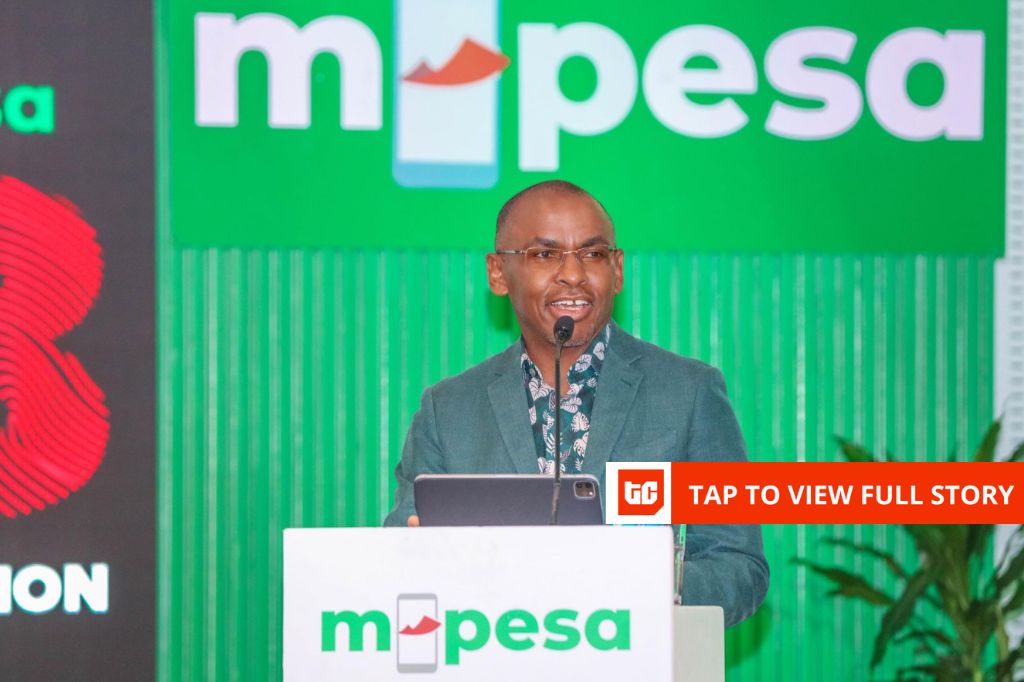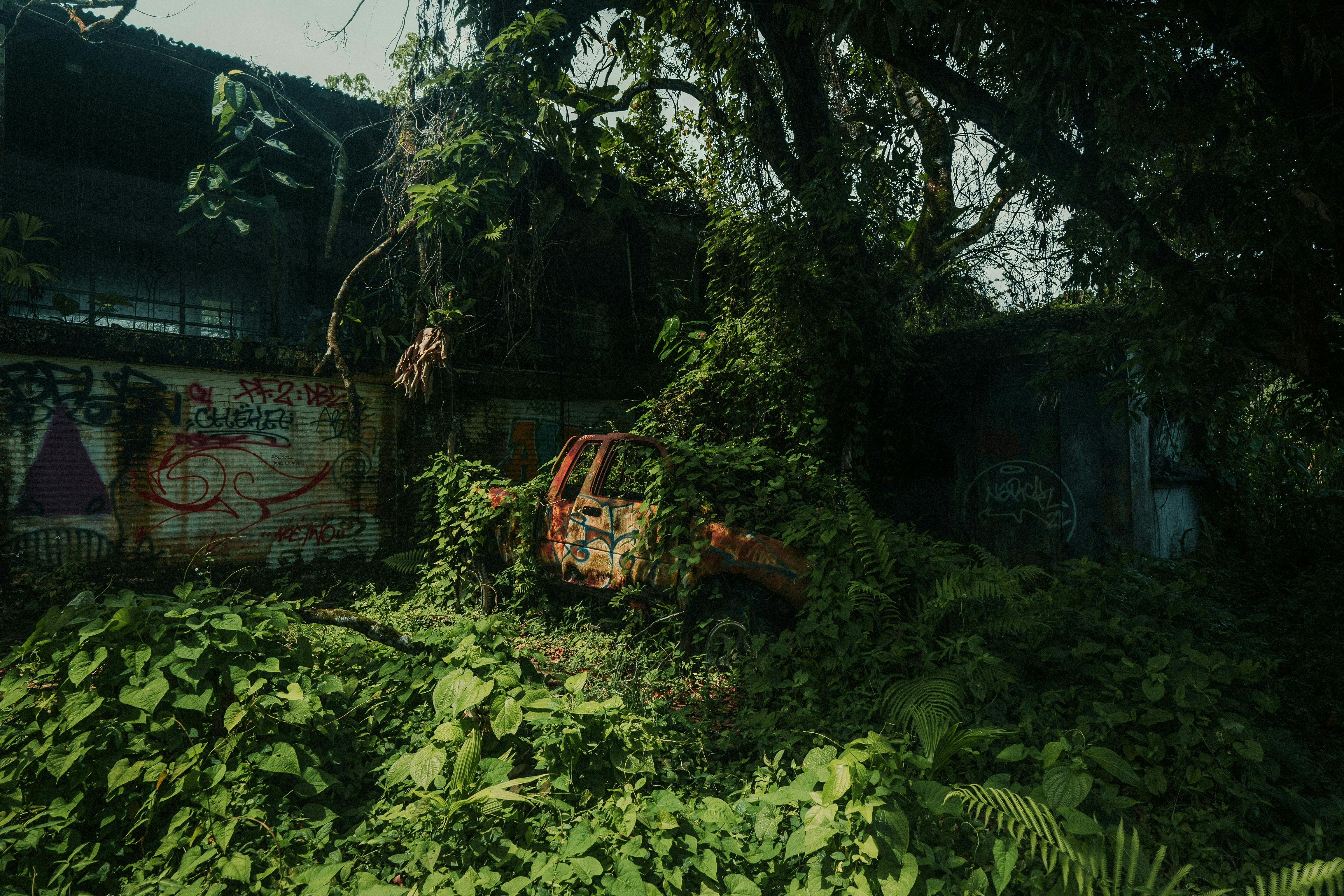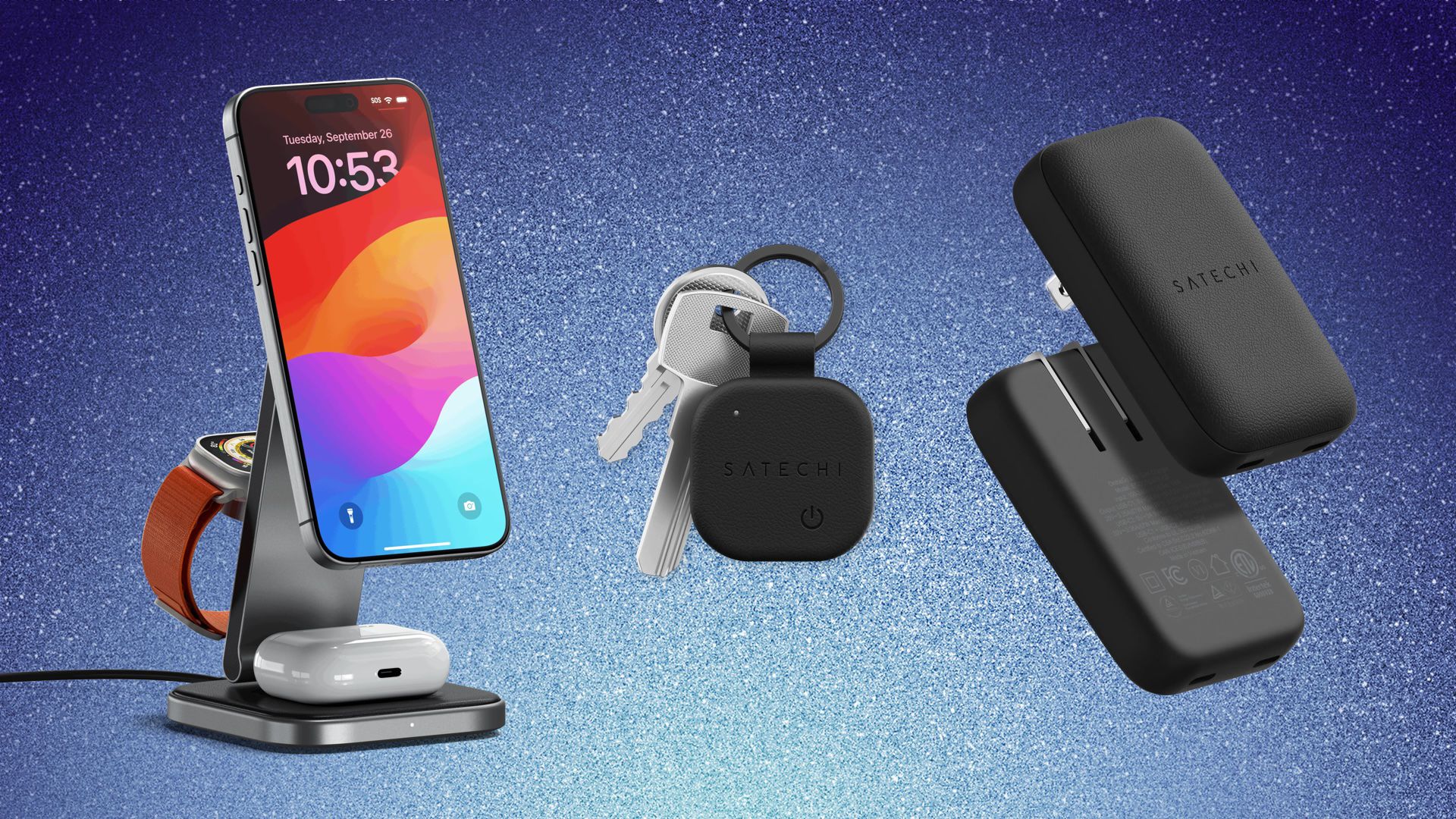I’m an ex-barista and now a professional espresso machine reviewer, so I’ve spent a ridiculous amount of time making coffee both behind a bar and in the comfort of my kitchen. All that coffee experience means that I also know how hard mastering the craft is. Yeah, I’m pretty good at making coffee, but I wouldn’t say I’ve mastered it, even though I’ve been doing it for years.
At home, I use my Breville espresso machine (the $499 Bambino Plus, which is the most affordable model on this list, and the best espresso machine IMHO), which my inexperienced boyfriend can use, too. I’ve also had a De’Longhi La Specialista Opera, and have tested a Breville Oracle Dual Boiler at home, both of which he loved using too.
If you’re a complete beginner, you might be wondering why there are no Nespresso coffee machines on this list. Well, that’s because they’re bad not espresso machines. The best Nespresso machines are a completely different type of machines, but are generally easier to use than espresso machines.
Before we start, jargon buster!
I use a few coffee nerd terms in this article. The most common is portafilter, which is the metal contraption (basket) where you put the coffee grounds. It looks like this.
There are two types of portafilter: on the left is a dual-walled, which is a pressurized basket. This basket type forces the coffee through a tiny hole and aerates it as it extracts, which obliterates delicate notes and complex flavors. Ideally, you don’t want this.
On the left is a single-walled portafilter, which you do want. This portafilter helps the coffee extract with the desired delicate aroma you’ll expect from specialty coffee shops.

Next: a grinder is the most important part of making coffee. Two of these espresso machines have grinders built in, so you don’t need to worry. I think beginners can do well with a bean-to-cup espresso machine. The grinders in these machines don’t tend to perform as well as separate grinders, but having too many moving parts can be too confusing for beginners.
If you decide to go for a machine sans-grinder, I’ll recommend the Baratza Encore ESP, which is the most affordable decent espresso grinder I’ve ever used.
The long and short of it is this: coffee is a really confusing hobby at first. There are so many contradictory and opinionated people in the coffee world, so I know it can be overwhelming. Some people will tell you not to buy a bean-to-cup, but I think they can be a decent introduction into home espresso making without making you count clicks on manual grinders or start talking about microns.
(I told you — confusing.)
The smallest option: Breville Bambino Plus

The Breville Bambino Plus is the smallest — and most affordable — option on this list. It’s also my personal espresso machine, so I can attest to how instantly usable and manageable it is.
At $499, it’s a considerable amount of money, but this is relatively low for an espresso machine. Some machines go for up to $5k, so $500 doesn’t feel as bad by comparison.
I’ve got a 2,500-word review on the Breville Bambino Plus, but I’ll give you a quick run down here.
The machine is so easy to use because everything you need comes in the box — a single-walled portafilter, non-flimsy tamper, and milk jug being the most important things. Some budget brands (coughCasabrewscough) don’t ship milk jugs with espresso machines, so you have to go out and buy one separately before you can use it.
Once you’ve got everything unboxed, it’s as simple as putting 18g of finely ground coffee in the single-walled portafilter, tamping as hard as you can, and putting the group handle in the group head. Then you press double shot (or single, but you should only put 12g of coffee in and make sure you’ve got the right portafilter basket!) and watch the honey-colored liquid pour.

The steam wand is also easy to use. It has four holes, so is more powerful than single-holed steam wands, but isn’t too aggressive in its aeration. Yes, you’ll have to concentrate while you’re using it for the first few times, but isn’t that the joy in taking up a new hobby? You get to go back to school for a while.
The Bambino Plus has an auto-steaming feature, too, which makes it even easier to use. All you have to do to activate this is fill the milk jug, put it on the drip tray over the ‘auto milk’ sensor, and the machine will do everything else for you.
But despite all these user-friendly features, I think the number one reason is the Bambino Plus’s size. Or, lack thereof. You don’t have to clear a space in your kitchen to fit this tiny little machine. It could easily fit next to the kettle or air fryer, and that makes it super beginner-user-friendly in my book.
The cheapest bean-to-cup option: De’Longhi La Specialista Opera

So this is the espresso machine I used to use. And don’t get me wrong, I loved it. But it was simply too big for my kitchen, which is why I swapped it out for the Bambino Plus.
If you’ve got the space, though, the La Specialista Opera is a great mid-range beginner option. Thanks to the built in grinder, you don’t need to fork out an extra $200 on a budget grinder (or $600 on a high-end grinder). So, while the La Specialista Opera’s price might make your eyes bulge like a cartoon cat, it’s actually not that much higher than a Bambino Plus + grinder (about $700).
So the main thing that jumps out as a “beginner-friendly” feature is the smart tamping system. Unlike the Bambino Plus, you don’t have to tamp manually on the La Specialita Opera. This results in less mess, more straightforward usage, and less confusion about tamping pressure or angles.
Beginners sometimes wonder what on earth tamping should actually do, so the La Specialista Opera takes that worry out of the equation. The machine sorts out everything for you.
Once you’ve got your coffee tamped on the smart tamping system, all you have to do is put the group handle in the group head and press the single or double shot button. You’ll get a delicious barista-quality drink in seconds.

When I was testing this machine last year, I loved playing around with all the different settings. The La Specialista Opera can make cold brew and ‘cool espresso’, which sounds like it shouldn’t taste good, but it actually kind of… does?
The steam wand is a little low lying, which was my only downside when reviewing the machine last year, but I was able to use it with just a little re-angling of my body during steaming. And the best part for beginners? The steam wand stays cool during use, so if you accidentally touch it (been there, done that) then it — hopefully — won’t burn you.
Obviously test this on your model. Please don’t trust me wholeheartedly with your finger skin.
The oh-so premium option: Breville Oracle Dual Boiler

Alrighty, this is the most premium machine on this list and the most expensive espresso machine I’ve ever used.
But that’s for a reason. The Breville Oracle Dual Boiler is an absolute Titan. It’s a behemoth. It’s a beast. It’s all of the hyperbolic nouns that mean “this is a big machine”.
As with all the machines in Breville’s Oracle range, the Oracle Dual Boiler is kind of an automatic and manual machine in one. It has an auto mode and a manual mode, so the automatic mode could be used while you’re getting to grips with the machine, then you could switch to the manual mode once you feel more confident with coffee-making.
The Oracle Dual Boiler is, for all intents and purposes, the easiest espresso machine I’ve ever used. But the price isn’t exactly conducive for complete beginners: why would you spend $3k on your first espresso machine?
Yes, it’s a premium machine. I’m fully aware of that, and the price means I could never buy it for myself. But that doesn’t mean it’s a bad machine, or a user-unfriendly machine.
Actually, it’s the most user-friendly machine I’ve ever used.
As I mentioned above, I reviewed the Breville Oracle Dual Boiler last week and gave it 4 stars. There are so many things to love about the Oracle Dual Boiler: the full-color touchscreen that makes you feel like you’re using the newest smartphone; the auto-milk-frothing function that works well for beginners; the fact that the machine grinds, doses, tamps automatically, so you don’t have to mess around with coffee grounds or measuring or weighing anything.

You can select your drink using the touchscreen; the machine will tell you exactly how to make it. This is ideal for beginners who might not know the difference between a cafe crema and a long black (a cafe crema is a supersized lungo shot, and a long black is an upside-down Americano), but who want to learn.
There are tons of options, including an espresso martini and even hot chocolate, so you’ll be the master of the coffee world in no time.
Finally, there’s one more reason why I think the Oracle Dual Boiler is great for beginners. The Oracle Dual Boiler is, you guessed it, a dual boiler machine, which means you can steam milk and make espresso simultaneously. This is ideal if you’ve got loads of people to make coffee for in quick succession, as you’ll be able to make drink after drink without the boiler giving up.
This also means you don’t have to ‘purge’ the boiler or prevent it from overheating, which is a major downside of many budget espresso machines I’ve tested (coughCasabrewscough). You won’t have to learn any annoying quirks to use the Oracle Dual Boiler, which is great for your frustration levels.
The secret fourth option: De’Longhi Stilosa

So the reason why this machine isn’t on the main list is that the U.K. and the U.S. models are different, so I can’t say for certain that it’s easy-to-use. In the U.K., the Stilosa comes with single-walled portafilters, whereas in the U.S. it doesn’t.
As a result, if you were to use this in the U.S., I’d recommend making a secondary purchase to get a bottomless portafilter accessory, which immediately makes it not beginner friendly. If you have to purchase something to make a machine usable, it’s therefore not usable out of the box.
However, if you want to save as much money as possible, I wholeheartedly recommend the Stilosa. With an extra $30 or so, you’ll be able to make coffee worthy of a Bambino Plus on a $149 machine.
In the U.S., the Stilosa requires an extra purchase to make “technically” perfect coffee: a bottomless portafilter.
Thankfully, you can get a third-party bottomless portafilter for just $29 on Amazon. With this accessory, the machine will cost you $178, which is still $321 cheaper than the next cheapest model on this list.
So, with the Stilosa and a bottomless portafilter, you’ll be able to make barista-quality coffee for just $178. This is an unbelievably low price for an espresso machine of this quality. There was a reason I was shocked during my testing period with the Stilosa: it’s simply marvelous.
Follow Tom’s Guide on Google News and add us as a preferred source to get our up-to-date news, analysis, and reviews in your feeds. Make sure to click the Follow button!










